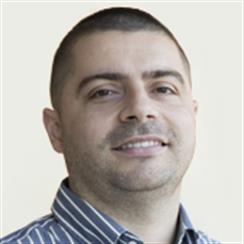Applied Mathematics and Computational Sciences
Better racing car design through an industry partnership
The Formula 1 race track is the ultimate testbed for a KAUST researcher's latest work.
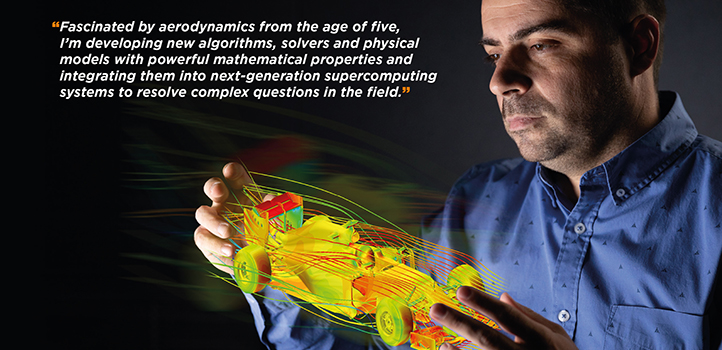
Matteo Parsani’s group are using next-generation algorithms to launch McLaren’s cars forward to achieve the fraction of a second per lap that separates them from their competitors.
© 2019 KAUST
Improving elite racing car design is an exciting application of computational fluid dynamics for KAUST’s Matteo Parsani, as he brings next-generation algorithms into the real world through a partnership with McLaren Racing.
Parsani is applying his computational and numerical expertise to help the Formula 1 team improve the aerodynamic design of their car. The project is one part of a long-term multicomponent partnership between KAUST and McLaren Racing that started in 2018. The partnership will develop new technologies to drive forward the Formula 1 team in the short term, but everyday vehicles, such as road cars and commercial airlines, are set to benefit in the slipstream.
Parsani’s work, at KAUST’s Extreme Computing Research Center, focuses on developing novel, robust and highly accurate high-order algorithms for modeling fluid flow around objects to run in current- and next-generation supercomputer architectures. “We are pushing the boundaries of our research by applying our algorithms to an advanced object like a Formula 1 car,” Parsani says.
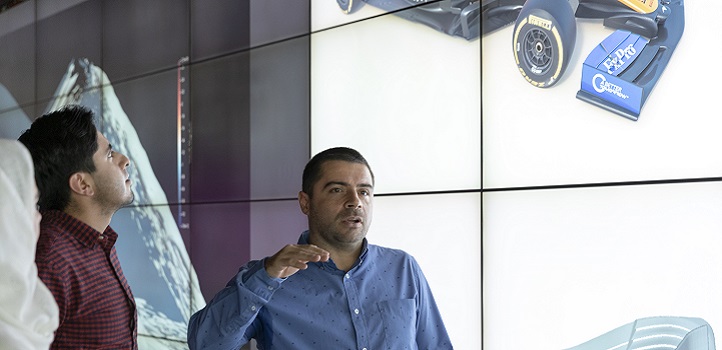
Matteo Parsani’s models can be applied to racing cars and can also be used to design more efficient aerodynamic components for commercial aircraft.
© 2019 KAUST
With Formula 1 cars separated from their rivals by fractions of a second per lap, every little detail counts when seeking a performance advantage.
“To win in Formula 1, you have to be good at everything,” explains Jonathan Neale, McLaren Group Chief Operating Officer. Formula 1 is at the cutting edge of areas as diverse as fuel design, composite materials science, hydraulics and sensor design, to name just a few. “It is not possible for us to match the depth of knowledge you have here in some of those domains,” Neale said. “Great teams and championships are made on great partnerships.”
“A Formula 1 car driving around a corner is effectively running in curved air, and that’s impossible to do in a wind tunnel and very challenging to do in computational fluid dynamics,” says Neale.
Enter Parsani’s expertise in numerical analysis and computational fluid dynamics. The aim is to provide more accurate aerodynamics simulations that better represent physical phenomena by fully exploiting the capabilities of supercomputers.
The nuts and bolts of Parsani’s project are to conceptually create a mesh and then to use robust and very efficient high-order algorithms to help describe airflow around the subject.

Matteo Parsani discusses fluid dynamics with his research group in the KAUST Visualization Core Lab.
© 2019 KAUST
“Developing a mesh for a highly complex shape is a real challenge,” says Parsani. And then there’s the nonlinearly stable algorithm to design and implement in a high-performance computing fashion. Until recently, this was very difficult: researchers would adapt and modify high-order linearly stable algorithms. But calculations that run with these repurposed algorithms are fragile; they can “blow up” and fail to give an answer. As a result, the industry has never adopted them, Parsani says.
Parsani leads one of a handful of groups around the world creating robust, high-order algorithms specifically to solve nonlinear PDEs. “Industry wants them to be robust and fast,” Parsani says. “We are rapidly taking important steps toward robustness. We are implementing these novel and adaptive algorithms in a high-performance computing framework, which performs very well on some of the largest supercomputers in the world, including KAUST’s Shaheen XC40 supercomputer,” he adds.
To earn his racing stripes, Parsani and his group will run several test-case aerodynamic problems to ensure the code is accurate before it will be used to help in the future with any redesign of the car. Such is the level of competition in Formula 1—the drive for performance gains is relentless. “By the time we have built a car it is obsolete because the R&D team has already moved on,” says Neale.
But it’s a relentless drive for improvement that will provide broader benefits. The Formula 1 trickle-down effect is a key reason to engage with the sport, Parsani says. Seatbelts and antilock brakes are just some of the technologies that started off there. The next applications for Parsani’s models could be designing more efficient aerodynamic components for commercial aircraft.
References
- | article
You might also like

Applied Mathematics and Computational Sciences
Realistic scenario planning for solar power

Applied Mathematics and Computational Sciences
Bringing an old proof to modern problems

Applied Mathematics and Computational Sciences
Accounting for extreme weather to boost energy system reliability
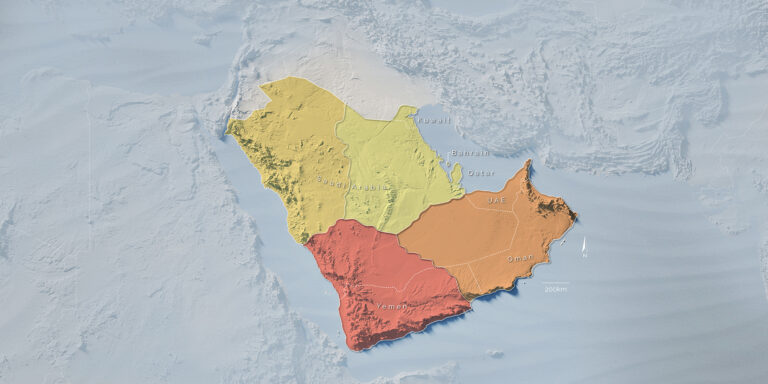
Applied Mathematics and Computational Sciences
Past and future drought patterns across the Arabian Peninsula
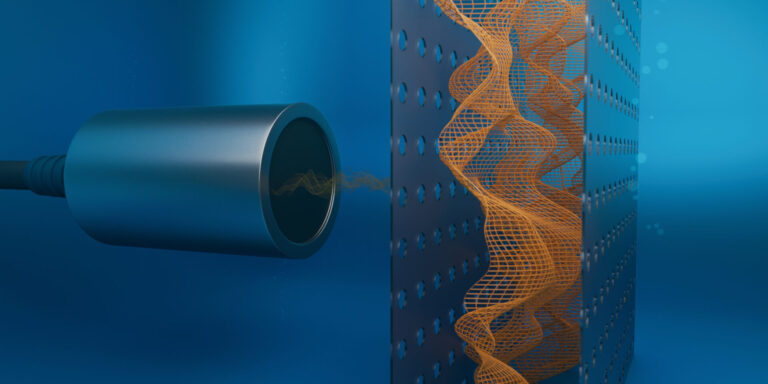
Applied Mathematics and Computational Sciences
New pattern for underwater resonators

Applied Mathematics and Computational Sciences
Finer forecasting to improve public health planning
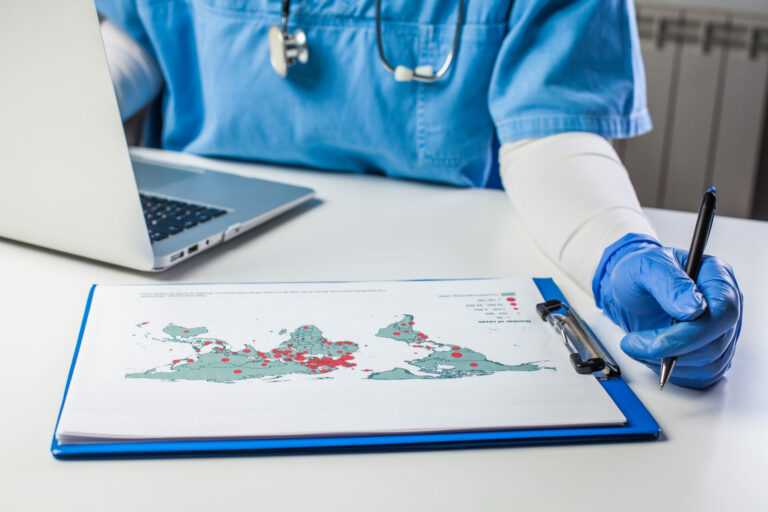
Applied Mathematics and Computational Sciences
Global look at sex differences in young people's mortality

Applied Mathematics and Computational Sciences




